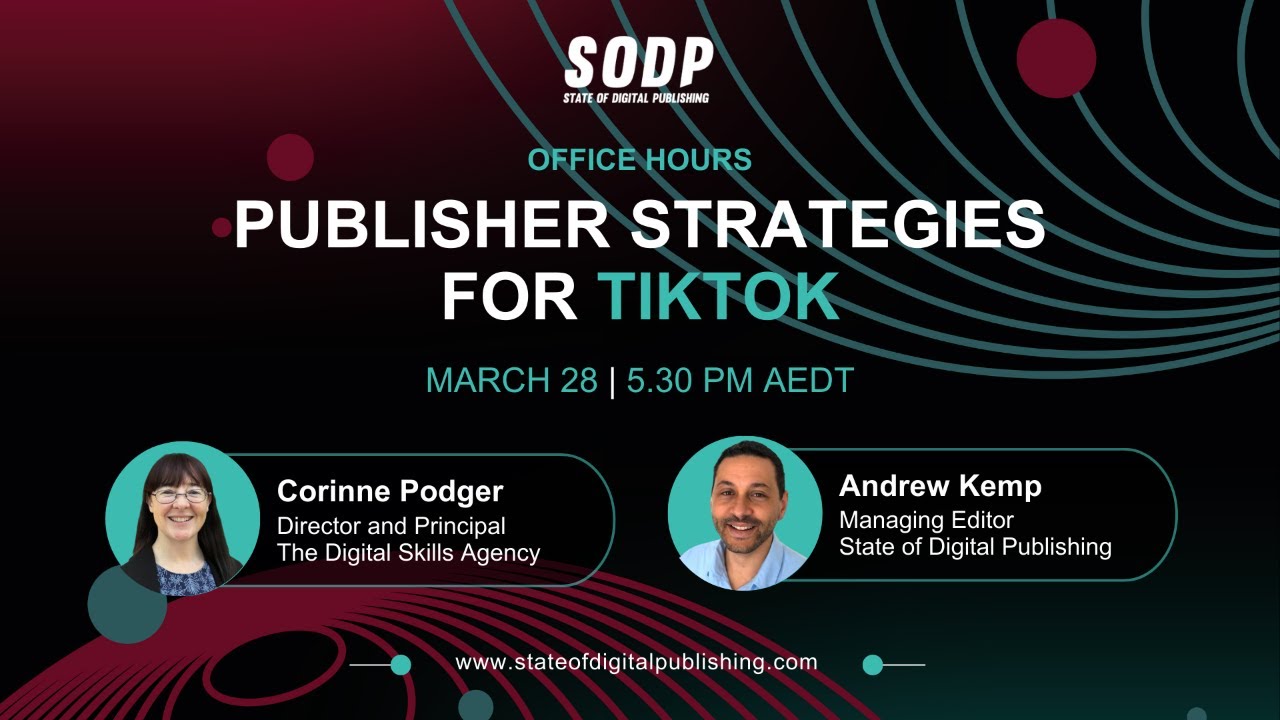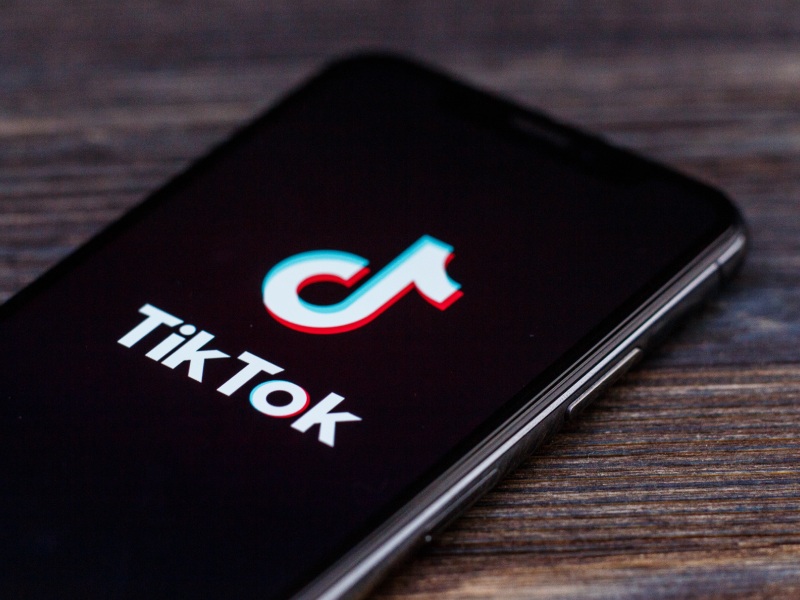Everyone says it’s important to align your marketing campaigns with your buyer’s journey. But what does it mean?
The buyer’s journey is the process your prospective customers go through from the moment they go aware of the problem and decide to purchase a product or service from your company.
There are three major stages of the buyer’s journey:
- Awareness. A person realizes they have some problem and start trying to define it.
- Consideration. When the problem is defined, the prospect is looking for possible solutions.
- Decision. The prospect chooses between several available alternatives and makes a purchase.
While educating your potential customers in the awareness stage is important for your brand credibility, it’s the best time to put your product or service in front of their eyes when they’re in the consideration stage. When a prospect reaches this stage, they’re already qualified enough to learn about what you offer.
But how do you know someone is in the consideration stage of the journey and is ready to explore solutions to their problem?
First, let’s answer the first question.
What characterizes people in the consideration stage?
- They search for more sophisticated content.
- Purchase intent appears in their queries.
- They turn to niche experts.
When you understand what kind of people are in your target audience, use the following techniques to reach your prospects and move them to the final stage of the buying process.
Publish consideration-stage content
Creating content around each stage of the customer’s journey is the best way to find and nurture potential customers toward the purchasing decision.
What kind of content should you create for the consideration stage of the buyer’s journey?
When your potential customer or client reaches the stage, they have already done some research and identified the root of their problem. Now, they need a solution.
Some of these people have already heard of your brand, some of them haven’t. Regardless of their awareness, your task now is to keep your product or service top-of-mind for them.
The main difference between awareness-stage and consideration-stage content is that the latter introduces your product features and becomes less subtle about the benefits your company offers.
We should also highlight that different niches have different lengths of the buyer’s journey. For B2B products and services or pricey B2C goods, it might take weeks or months before a prospect makes a purchase. Therefore, highly informative content like ebooks, long-form guides, and webinars are essential formats for such companies.
For instance, a content strategy of some marketing automation software company might look this way:
- Awareness stage:
- ‘The beginner’s guide to email marketing.’
- ‘How to build an email list for free. 10 Techniques backed by email marketing experts.’
- ‘5 Reasons you need marketing automation.’
- Consideration stage:
- ‘How to select the appropriate automation software.’
- ‘Marketing automation | Video tutorial.’
- ‘Marketo vs HubSpot: What should you choose?”
- Decision stage:
- Product demo
- 14-Day free trial
Of course, there’s no need to sign up for a webinar to pick a pack of coffee beans (however, sometimes a video tutorial would help). But it doesn’t mean a coffee bean retailer doesn’t need a content strategy. It only means your content should be more targeted and straight to the point. Consideration-stage content will include an article explaining the process of choosing the right coffee beans for your taste and/or a quiz called ‘What coffee is right for me?’
Below are the most effective content types to reach people in the consideration stage. There’s no one-size-fits-all content idea, just pick the ones that fit your product type and the buyer’s journey:
Video tutorials
Research what information your prospects want to learn about a solution like yours, and provide them with an in-depth tutorial on the topic.

Ebooks
You can link to ebooks and other types of downloadable materials right within the blog posts designed for people in the awareness stage. By encouraging them to download an ebook, you help them reach the next stage of the journey.
Convince & Convert offers people reading an article about influencer marketing to download an ebook where the worst influencer marketing mistakes are featured.
Along with educating your prospects and moving them closer to a conversion, a downloadable resource helps to capture their contact information and start the communication process. The next step taken after a company gets the lead’s contact details is called lead nurturing, and we’ll explain it in one of the further sections.
Quizzes
Firstly, quizzes are the best ever method to generate leads. They’re interactive, engaging, and still, they can deliver valuable information without the need to read long-form instructions.
The Career Quiz is developed by Open Colleges to help their prospective students understand what career might suit them best.
Typically, landing page builders don’t have a built-in feature for creating quizzes. To add a quiz to your landing page, you’ll need to use a form builder, like Typeform or JotForm, and embed a custom HTML block on a page, which is no rocket science.
Case studies
In the consideration stage, your audience starts looking for some social proof. They’re interested in learning about the experience of other people who have bought from your brand.
Outbrain shares case studies of their most successful clients and tells how they managed to reach their goals on the platform.
Case studies work better than any other type of marketing content. They show the positive experience of your previous customers and persuade potential customers your company is the best option for them.
Comparison grids
Often, in the consideration stage, people are searching for product comparisons.
Ahrefs has featured the comparison of their own platform and two other popular SEO tools to show things only Ahrefs can do.
Create content that answers people’s questions about what differs your product from your direct competitors. These can either be a series of blog posts each putting your product up against a single competitor or video reviews sharing an overview of each product.
Optimize for queries with the right intent
Of course, none of these content formats make sense if nobody can find them. We hope there’s no need to mention the importance of building a website that’s mobile-friendly, fast, and optimized for search engines. However, there‘s one more crucial factor that determines whether your content will be seen or not.
To put your consideration-stage content in front of the relevant audience is to make your content rank for the right search queries.
In the consideration stage, searchers will be using ‘how-to,’ ‘guide,’ ‘alternatives,’ and ‘comparison’ phrases. They’ll also likely use location-specific and brand keywords.
Make sure you do proper research before building and optimizing your consideration-stage content so that relevant people can find it on the web.
Nurture your leads
Lead nurturing is the process that goes right after lead generation. You make a lead with your ebook, quiz, or another marketing asset, and then you need to take the effort to move that lead on to the next stage of the buying process.
It’s time to engage with your leads with a more personalized approach and establish trust between the potential buyer and your brand.
Launch personalized email campaigns
Even when a lead gives you their email address, they aren’t still ready to become your customer. That’s why you need to use email campaigns that will nudge your new subscribers towards the buying decision.
To set up a campaign that matches the interests of the specific group of leads, you need to have a look at their previous journey – what content did they request from your website in return for their email address?
Based on the answer, you can pick more content formats that might be useful for these people.
Collaborate with influencers
Almost in every niche, there are influencers running lifestyle blogs. You can often find product reviews on their websites and for good reason. Audiences tend to trust influencers more than brand messages.
Shane Barker is a digital marketing consultant and influencers. On his blog, readers can find reviews of social sharing tools, in-depth guides to SaaS marketing, ebooks, and other forms of marketing-related content. Various companies partner with Shane to increase brand exposure and boost their revenue.
You can either sponsor a review from an influencer or offer them to join your affiliate program. The second option also means an influencer will be highly interested in promoting your product.
Run retargeting campaigns
Retargeting allows you to target people based on their previous actions on your website. You can define any action you want. A person might visit some page or read 75% of the article that’s designed for people in the consideration stage, and then they’re being retargeted with a campaign that you’ve set up.
This might either be a paid advertising campaign or email automation. Since 3 out of 5 users notice and consider retargeting ads, the technique increases your chances to win a customer.
Feature your company on the review platforms
We’ve already mentioned that people in the consideration stage are looking for social proof from people who have had a similar problem in the past.
Often, search for [brand name]+[reviews] and come to a platform where this specific tool and other similar alternatives are being rated and reviewed. This means that by creating your account on one or several review platforms and encouraging your customers to leave their testimonials there, you’ll reach people that are looking for your direct competitors.

It’s time to move your prospects to the decision stage
There are tons of methods you can use to nurture your potential customers in the consideration stage of the buyer’s journey. We’ve highlighted some of the most effective practices. Now, it’s your turn to follow the tips and move your prospects to the buying decision.















